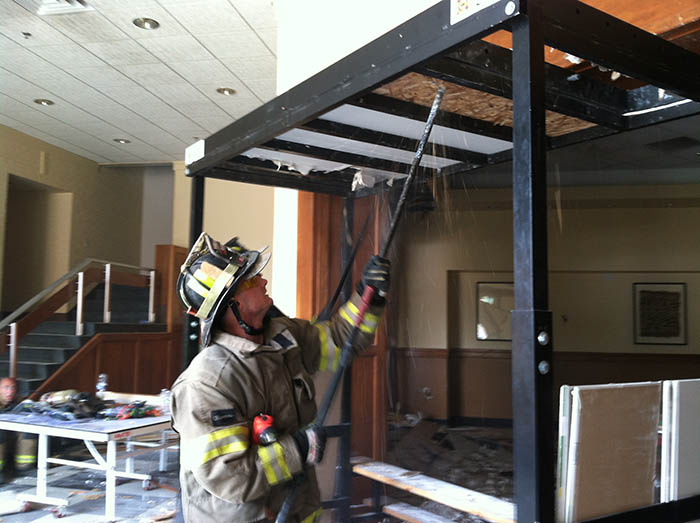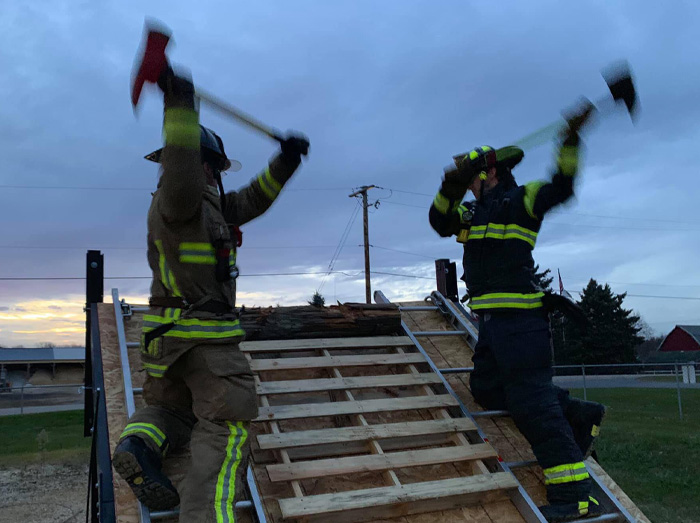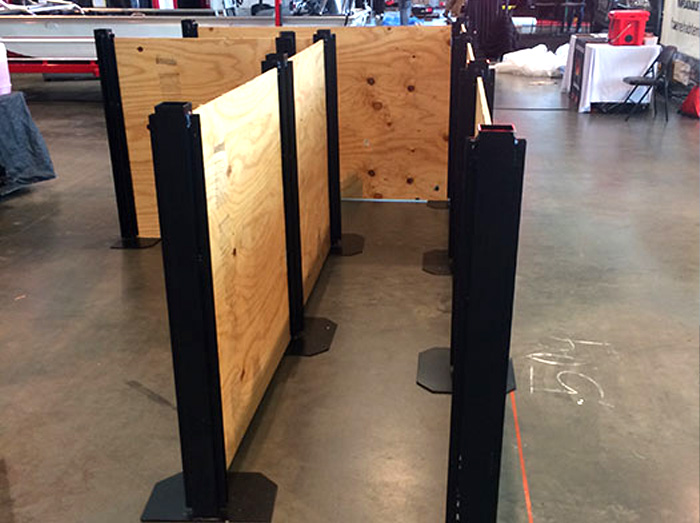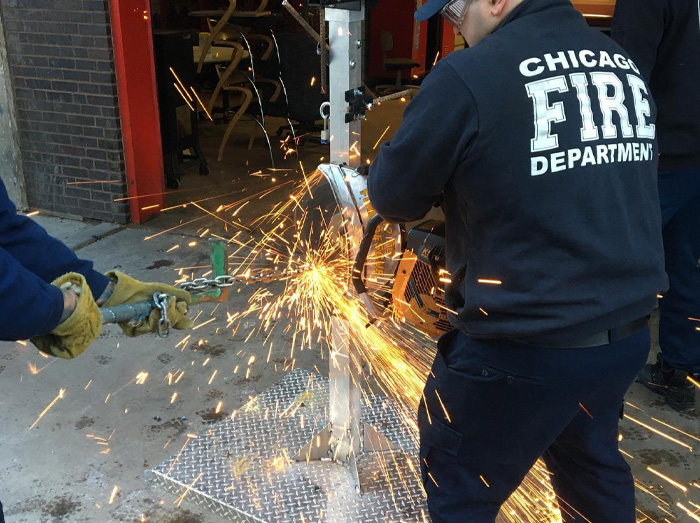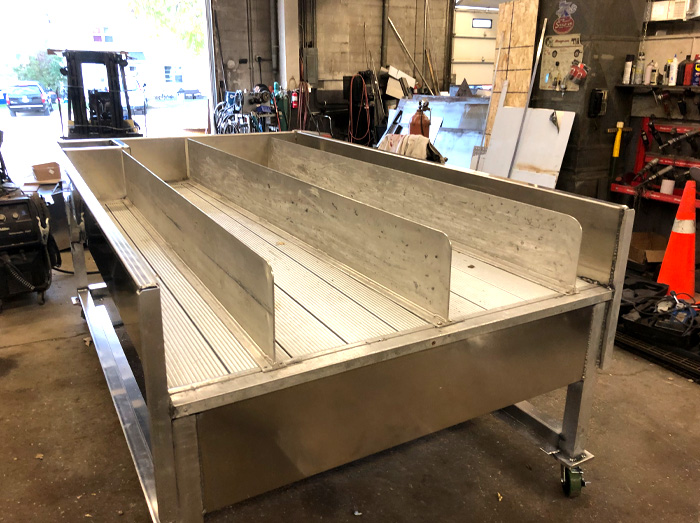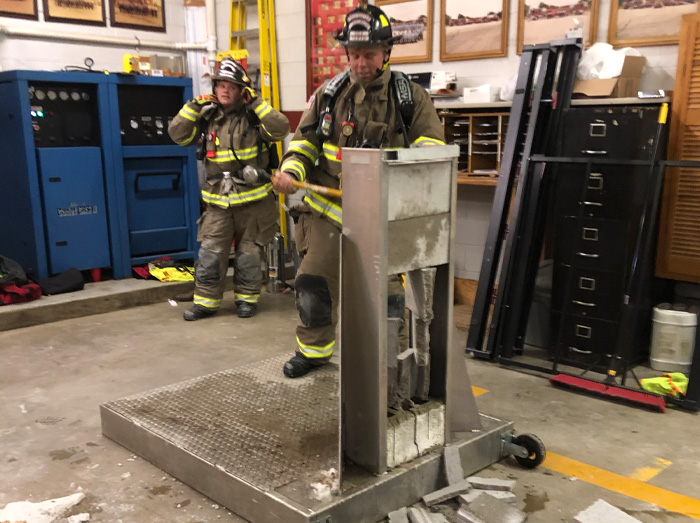King Training Innovations
Published Monday, March 31, 2008 | From the April 2008 Issue of FireRescue
Editor’s note: In the following scenario, all names have been changed.
The engine and ladder truck swing onto the street lined with 1 ½ -story Cape-Cod-style houses. The engine drives past the house with smoke coming from the roof and noses into a hydrant in front of an adjacent property. The officer on the engine, Tom, grabs the mobile mic and advises, “Engine 42 and Truck 4—side A; one-story single-family dwelling. It looks like we have a small fire in the attic. Engine 42 with our own hydrant; have the second-arriving engine drop a line from Fordham.”
Tom doesn’t establish command because he knows the chief is right behind them; as soon as communications acknowledges the brief initial report, Tom hears the chief announcing his arrival: “Chief 4 on the scene. I copied 42. I’ll have the Ridge Avenue Command. Engine 42 is stretching a 1 ¾ line through the front door.”
Tom walks toward the house as his crew stretches the 1 ¾ attack line off the rear of the pumper. The street is still wet from a passing thundershower. He meets a frantic homeowner, who tells him the fire is upstairs, but everyone is out of the house. He passes this on to Command, who acknowledges and orders, “Engine 42 Mobile, charge the line.” A ground ladder crashes through the gable window as the engine crew advances the charged attack line through the front door. Smoke pours from the recently vented window.
By Jim McCormack Published Thursday, April 1, 2010 | From the April 2010 Issue of FireRescue
One of the things that’s happened in the last 10 or so years is that the emphasis on truck company operations and the skills it takes to actually perform them have really exploded—more awareness, more knowledge, more training. During this time, a couple things have remained constant: the importance placed on the knowledge and skills it takes to get the job done varies with each individual firefighter; and solid truck company skills, performed at the right time, make things easier on the fireground. Your Individual Situation Where You Are: In all honesty, it really doesn’t matter where you are in terms of your city, state or region, truck work is truck work! The skills involved include forcible entry, laddering, search, ventilation, overhaul and more. East Coast, West Coast or somewhere in between, the basics are still the same. If you’re faced with a locked entry door on the fireground and you make your way to the other side, it’s called forcible entry (in California, Indiana, Massachusetts and everywhere else). The Size of Your Department: A big misconception in the fire service, when it comes to the fireground, is that the size of the department changes what needs to be done. That’s really not true. The size of the department changes what can be done in a certain time period (based on staffing, equipment and resources), but it takes the same skills to put a fire out in a small or large department.
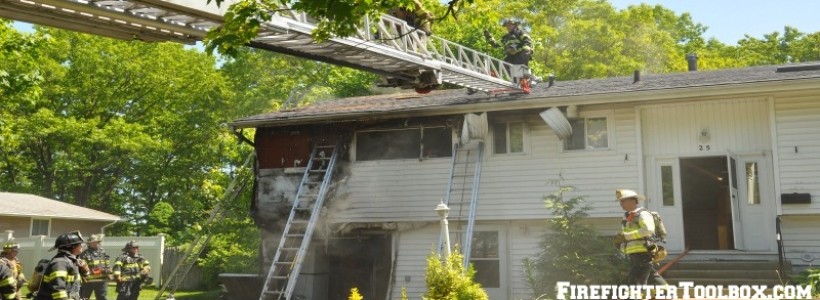

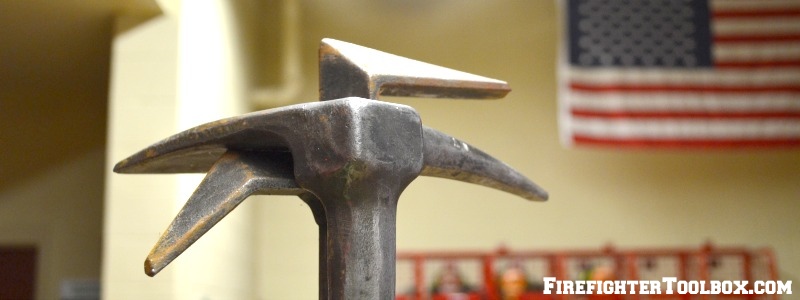
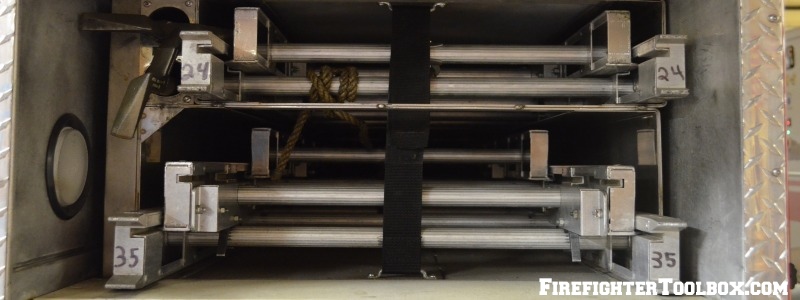
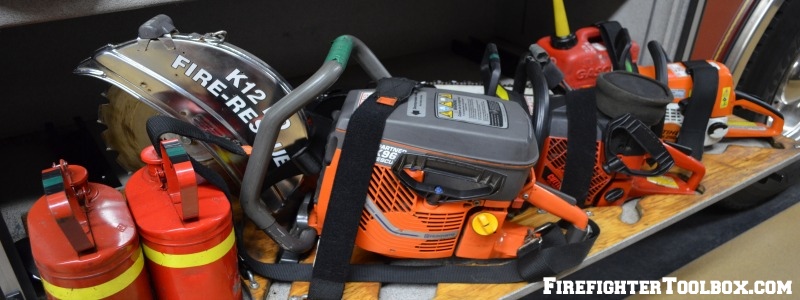
How to be an Effective Outside Vent (OV) Firefighter – Part 1
The firefighter assigned to the outside vent position (commonly referred to as the OV) is an important asset to have on the fireground. Typically assigned to one of the two outside team positions of a ladder company (the other being the roof position) they are tasked with some important roles as well as expected to make some important decisions.
The OV is often an underutilized position, typically due to limited staffing with departments across the country. Many times the emphasis is put on interior operations and exterior operations are delayed until further units arrive. Today we will explore this position in detail.
What does an OV actually do?
The OV’s main job is to vent the fire from the outside while the engine company extinguishes the fire from the inside. Venting the fire allows the heat and smoke to escape and allows the engine company to make an easier “push” into the fire area. Sounds simple right? Well, it does actually get quite a bit more complicated than that.
The role of the OV should be fulfilled by an experienced firefighter mainly because this position is not under the direct supervision of an officer and is tasked with some important responsibilities as well as decisions to make such as…
•The appropriate selection of tools based on the fire building.
TESTIMONIAL: The King Ceiling Prop (KCP) has proven to be a phenomenal tool for instructing techniques in overhaul with various truck tools in non-IDLH conditions, and it has also been a very valuable prop for live fire training. Due to the inability to conduct most overhaul operations in concrete or metal training burn facilities, the KCP now allows for overhaul operations in such facilities under hostile fire/smoke conditions. Being able to “pull ceiling” with actual high heat and smoke conditions places a lot of reality into the training exercises. The easy clean up and replacement of KCP ceiling inserts makes the repeated use of the prop user-friendly and very economical as well.
The KCP is highly recommended for any training facility or as a stand-alone training prop.
Sincerely,
Chief Rick Kolomay
Carol Stream (IL) FD




Things are not always as they seem. Below are some photos I came across on Truck Floor Training. It shows a commercial flat roof. Seems normal right??? As we get into it there are many layers and depth to this roof. You see a commercial roof with a slope for drainage to the edge and a center ridge line. Roof is EPDM membrane (rubber) over 0.5" fiberboard over PVC membrane over 0.5" fiberboard over 1" expanded polystyrene over 0.5" fiberboard over 0.75" Tar and Gravel built-up-roof on a wood deck. Inside the building there was a drop ceiling, nothing too remarkable.
Turns out the sloped framing was installed over more than one flat roof level, no one onsite remembers how long ago. The flat roof is a 1" Tar and Gravel over the wood deck.
There was a large space between the two with doors knocked between walls to access all the attic spaces, but it appeared to have sprinklers. This leaves a huge common opening for fire travel. Thankfully this one is sprinkled, but many may not be. Interior crews may not see anything. Meanwhile, a raging fire could be burning between these two roofs above their heads. Ventilation, and fire attack become difficult and dangerous.


